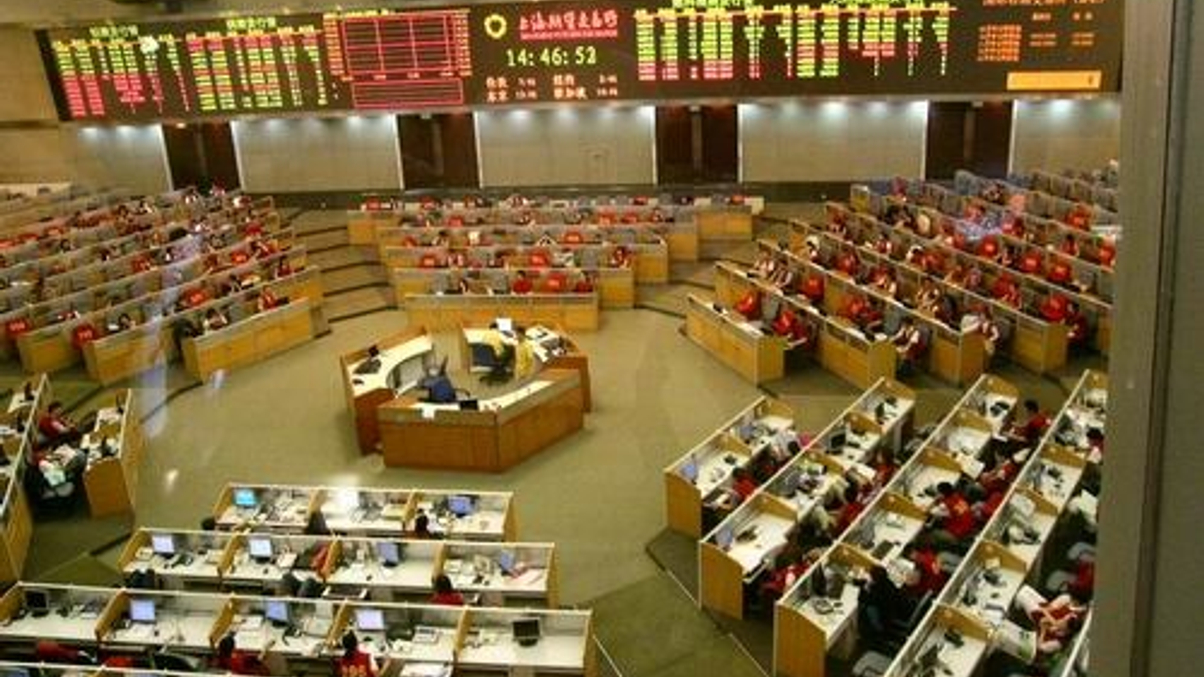China warms to CTAs, but foreigners remain wary
Mainland regulators have signaled their eagerness to have overseas participation in onshore CTA funds, but regulations still need to be defined.

Sign In to Your Account
Access Exclusive AsianInvestor Content!
Please sign in to your subscription to unlock full access to our premium AI resources.
Free Registration & 7-Day Trial
Register now to enjoy a 7-day free trial—no registration fees required. Click the link to get started.
Note: This free trial is a one-time offer.
¬ Haymarket Media Limited. All rights reserved.


